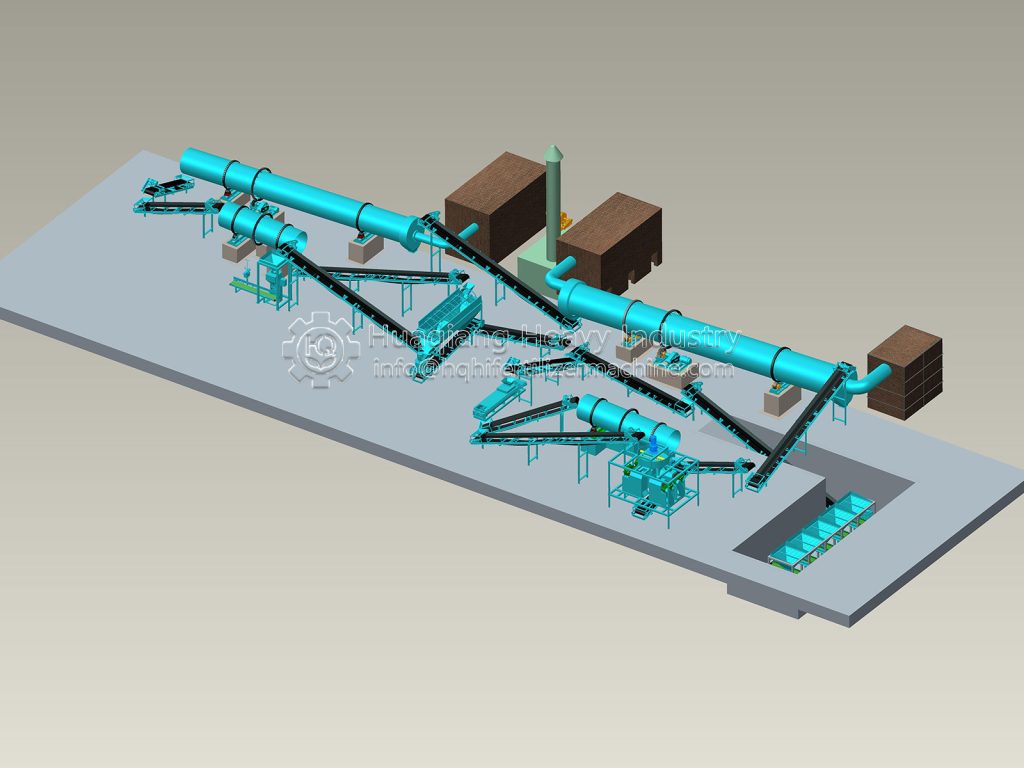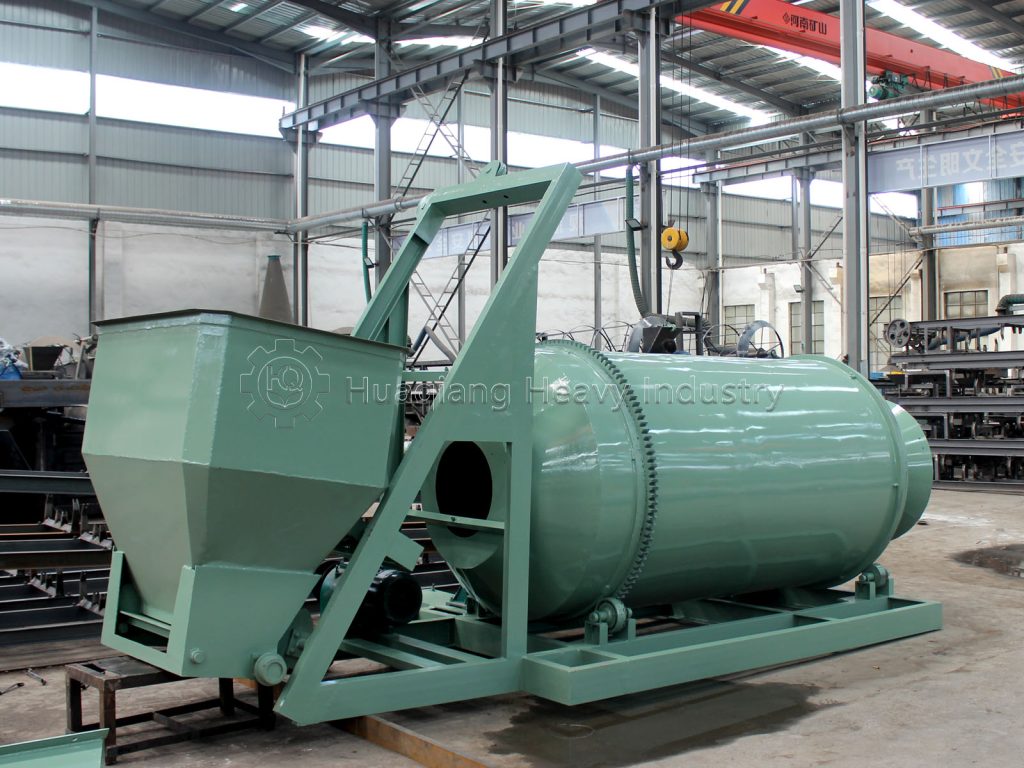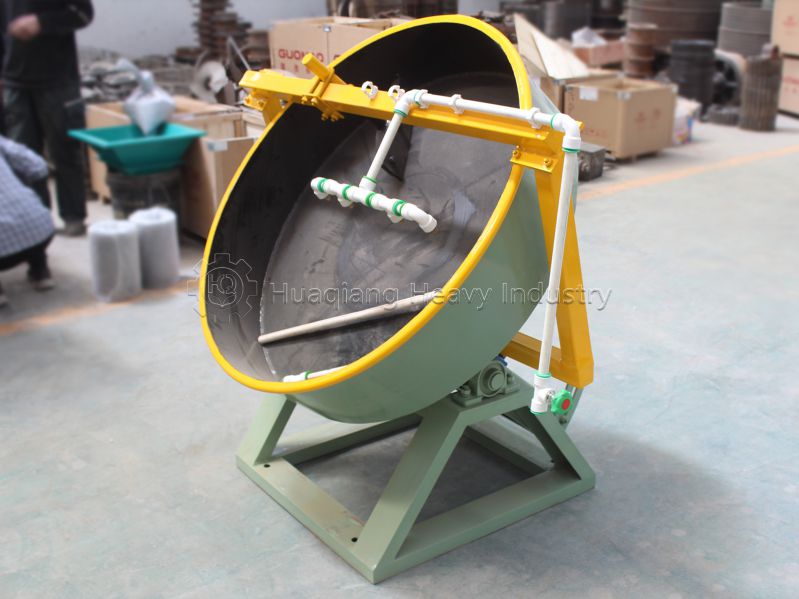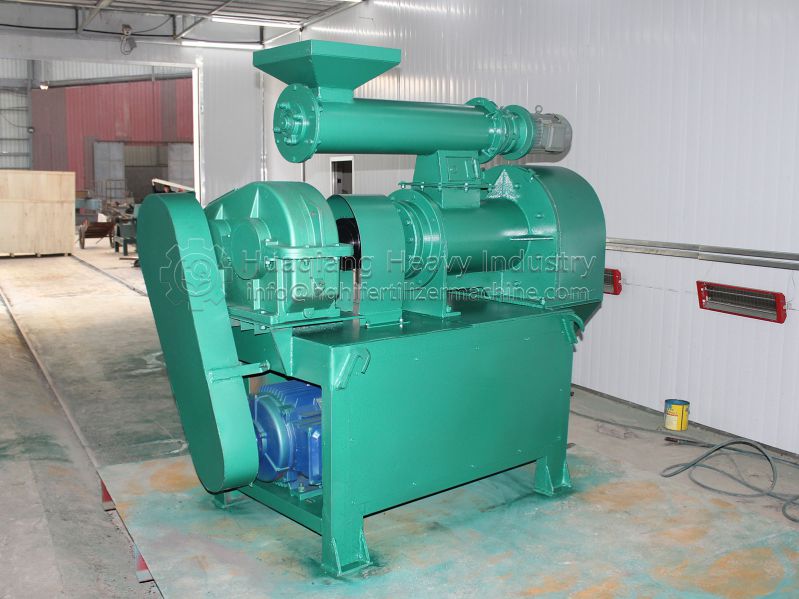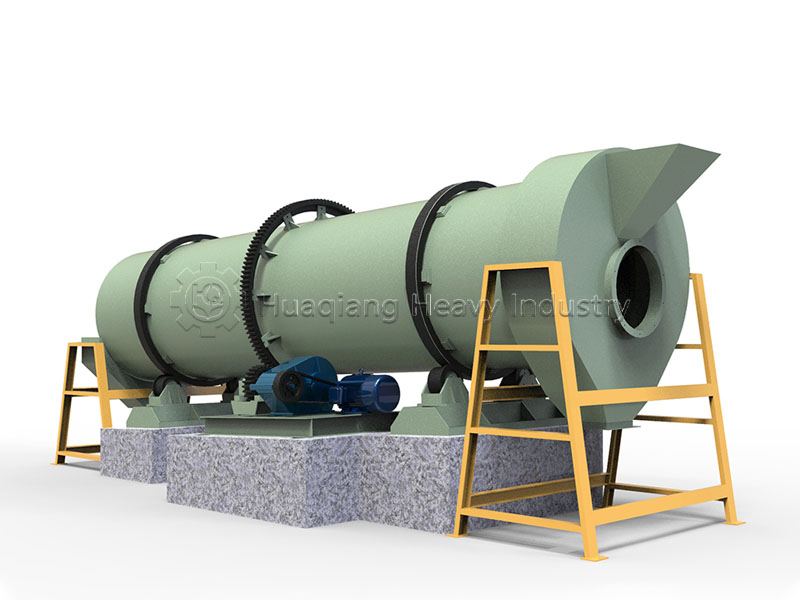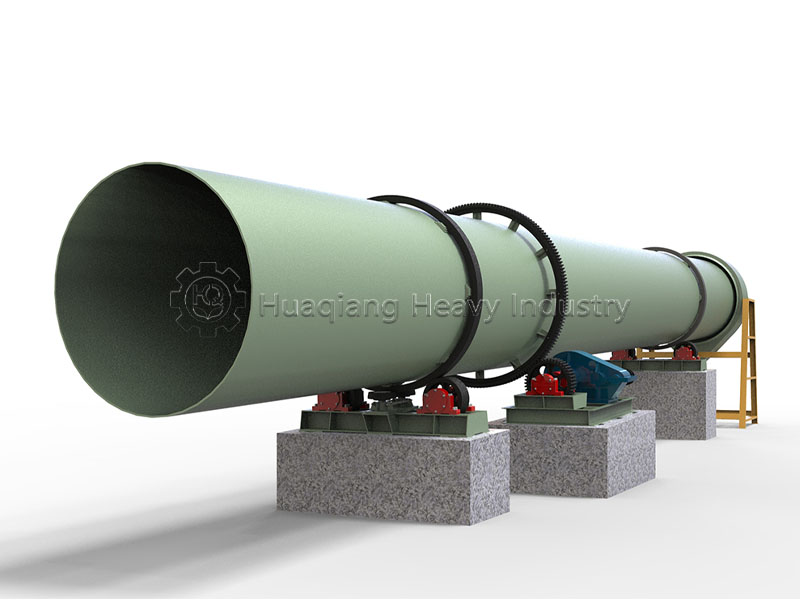How should a windrow compost turner be adjusted for different organic fertilizer raw materials?
Organic fertilizer raw materials vary greatly, such as straw, chicken manure, mushroom residue, and distiller’s grains, and their properties can vary greatly. When using a windrow compost turner, a few adjustments can ensure smoother fermentation.
If you’re turning dry straw, it’s fluffy and porous, but it’s prone to “lifting.” The blades of a windrow compost turner tend to only scrape the surface, failing to thoroughly turn the bottom. In this case, you can steepen the blade angle to allow it to penetrate deeper into the pile. At the same time, slow down the compost turner’s speed to 2-3 kilometers per hour. This ensures that both the top and bottom of the straw pile are turned loosely, breaking up any large clumps and facilitating subsequent fermentation.

If you’re turning wet, sticky raw materials like chicken manure and pig manure, they tend to clump and stick to the blades, and the pile may become compacted after turning. At this time, the blade angle should be adjusted to a gentler angle to reduce sticking, and the forward speed can be increased slightly to allow the turned manure pile to quickly disperse and breathe. Additionally, before turning the pile, sprinkle some dry sawdust on the surface. This will automatically mix the material as the compost turner turns, reducing moisture and preventing clumping.
When turning fine ingredients like mushroom residue and distiller’s grains, the main concern is “missing” them. If the pile is too loose, they can easily leak through the gaps between the blades. By reducing the blade spacing on the windrow compost turner and maintaining a moderate speed, the fine ingredients can be turned over, ensuring even mixing and accelerating fermentation by about 10 days.

